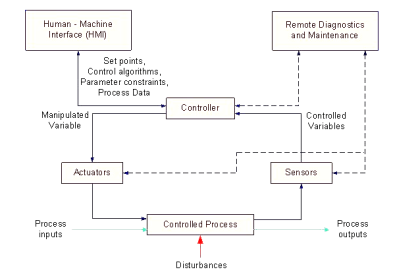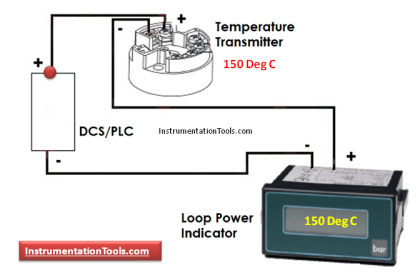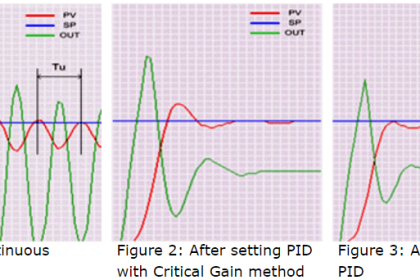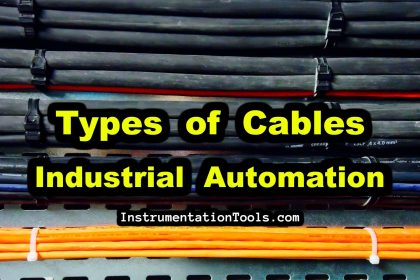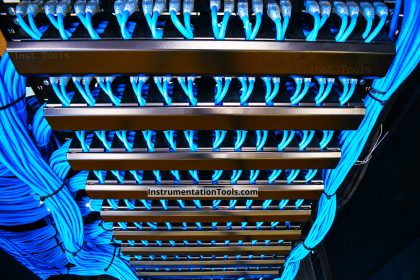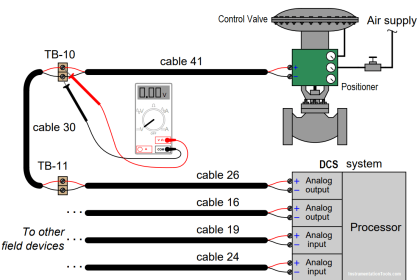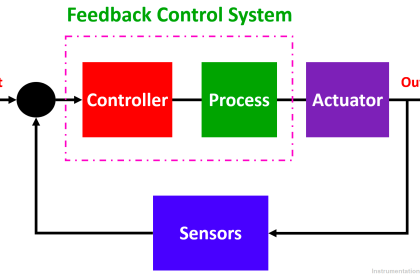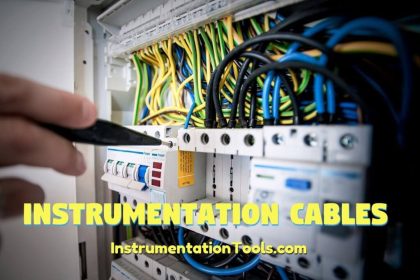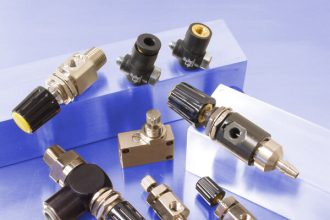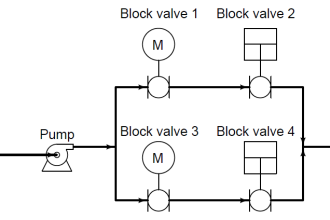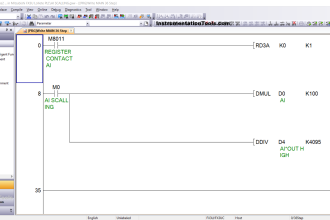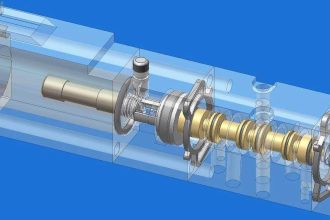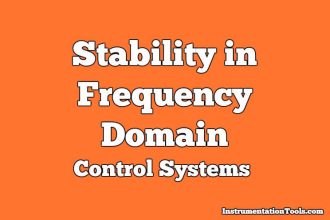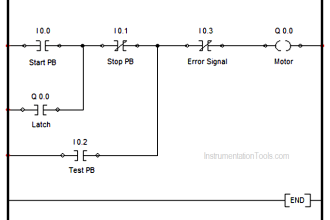Control systems is a field that is widely used in electronics and instrumentation for proper control of an application. It directly affects the parameter behavior and then studies them for analysis and improvement. This involves a lot of mathematics and formulae.
Due to its nature, control systems find a very important demand in the engineering market. So, individuals aspiring to make a career in this field face some tough questions during the interview.
Basic Control Systems Questions

In this post, we will see some general and unique questions asked in interviews regarding basic control systems.
What is a control system?
A control system is a function which is used to control a process through the use of sensors, loops, or control algorithms. It is simply a means of controlling and keeping a process within its limits and ensuring that it does not cross them.
What are the types of control systems?
The two main types are open loop and closed loop. An open loop means the controller does not take any feedback from the output and just passes on the instructions given to it for control. A closed loop means the controller takes feedback from the output and adjusts it accordingly so that it is accurately maintained.
What are the applications of control systems?
The areas generally covered under control systems are metal, mining, pharmaceutical, food and beverages, boiler, power plants, chemicals, rubber, paper, water treatment, and refineries. But majorly, it can be used in any sector where control is required.
What is a control system made of?
The control system consists of three main components – input, controller, and output. The input can be a sensor, the controller has the logic written inside for control and the output will be an actuator, valve, or other modulating device.
How can the stability of a control system be verified?
The stability of a control system is a main parameter, failing which the control system has no use in operating because it shows the output will be maintained at the desired level.
For that, various methods like root-locus analysis, frequency response analysis, Routh-Hurwitz criteria, Nyquist criteria, Bode plot method, etc can be used for analyzing the stability.
What are the various methods of control algorithms used?
The most general ones used are adaptive control, PID control, fuzzy control, and model predictive control.
What is the difference between linear and nonlinear systems?
In a linear system, the output will be directly proportional to the input. So, any changes in input will be followed by the output and will try to maintain the input accordingly.
In a nonlinear system, the output is not directly proportional to the input and the output is dependent on the nature of the input and its stability for a good performance. The graph will not be maintained between the two and if the difference is too large, then it can affect the performance of the system.
Are stability and accuracy the same in the control system?
Both the terms are different in meaning. Stability means how long the output will be maintained at the desired setpoint and accuracy means how near the output is with respect to the desired setpoint.
What is a semilog paper?
It is a paper extensively used in control systems for graphs. Here, one axis has many points for large amounts of data to be plotted whereas the other axis has few points for small amounts of data. This is done when there are many cases where one data will be of a high range and the other will be of a small range.
What is the difference between frequency response and time response?
In frequency response, the frequency of the input waveform is varied to see how the output is varying. In time response, the output waveform performance is checked with respect to time.
What is the difference between controller and compensator?
The controller is intended to perform during overall cycle operation, whereas the compensator is intended to perform when the cycle operation fails and then, it will be covered up by some other methods.
Is peak overshoot good for the system?
No. It should be as low as possible. If it is high, this means the deviation is high and the output is not performing as per the desired setpoint.
What is the zero-order hold?
It is a type of data reconstruction. In this, the input signal is held for a sample interval time to reconstruct it and transform it into a step signal in a proper way.
This means the sample value will be the same for the whole sampling interval from where it was last received. This method is useful for transforming a continuous signal into a discrete step signal and studying its behavior for a certain period of time.
What is the use of signal flow graphs?
It helps in determining the effect of a parameter on a feedback system. This is done by representing the variables through nodes or points, plotting them, and connecting them by branches. This gives rise to a set of equations and helps in studying the behavior of the variable in that sense.
If you liked this article, then please subscribe to our YouTube Channel for Instrumentation, Electrical, PLC, and SCADA video tutorials.
You can also follow us on Facebook and Twitter to receive daily updates.
Read Next:
- IoT Interview Questions and Answers
- VFD Interview Questions and Answers
- Rotary Encoder Questions and Answers
- Quality Control Inspector Questions
- Process Control Instrument Questions
